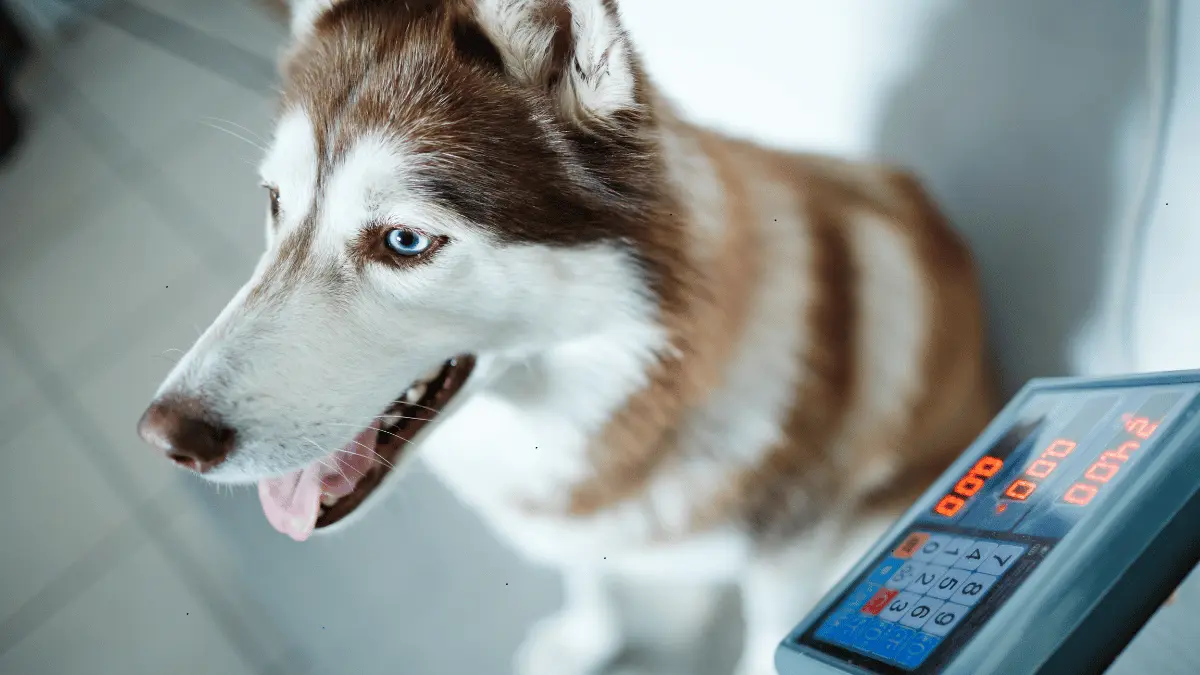Seasonal Affective Disorder in Dogs: Do Pets Get the Winter Blues, Too?
Just as humans can experience seasonal mood changes, so can our furry friends. Seasonal Affective Disorder (SAD) is a condition that affects people during specific seasons, typically winter. While it’s less studied in animals, there’s growing evidence that dogs may also experience symptoms similar to human SAD.
Understanding SAD in Humans
SAD is characterized by feelings of sadness, fatigue, and a loss of interest in activities. It’s often linked to decreased exposure to sunlight. The reduced daylight hours can disrupt the body’s natural sleep-wake cycle, leading to hormonal imbalances that contribute to these symptoms.
Signs of SAD in Dogs
While dogs can’t express their feelings verbally, there are several behavioral changes that may indicate they’re experiencing SAD-like symptoms:
- Increased lethargy: Dogs with SAD may become more sluggish and less interested in playing or going for walks.
- Changes in appetite: Some dogs may overeat while others may lose their appetite.
- Social withdrawal: They might become less interested in interacting with people or other animals.
- Aggression: In some cases, dogs with SAD may exhibit increased aggression or anxiety.
- Excessive grooming: Excessive licking or grooming can be a sign of stress or anxiety.
Causes of SAD in Dogs
The exact causes of SAD in dogs are not fully understood, but several factors may contribute:
- Reduced sunlight: Similar to humans, dogs may be affected by decreased daylight hours during the winter months.
- Hormonal changes: Seasonal changes can disrupt the body’s hormonal balance, which may play a role in SAD symptoms.
- Genetic predisposition: Some dogs may be genetically more susceptible to SAD.
Treatment and Prevention
While there’s no definitive diagnosis for SAD in dogs, there are several strategies that can help alleviate symptoms:
- Increase exposure to light: Provide your dog with additional light, especially during the winter months. Consider using a light therapy lamp or taking them outside during the day, even on cloudy days.
- Regular exercise: Daily walks and playtime can help boost your dog’s mood and energy levels.
- Enrichment activities: Provide your dog with stimulating toys and activities to keep their minds engaged.
- Consult a veterinarian: If you’re concerned that your dog may be experiencing SAD, it’s important to consult with your veterinarian. They can rule out any underlying health conditions and provide additional advice.
While more research is needed to fully understand SAD in dogs, it’s clear that our furry friends may also be affected by seasonal mood changes. By recognizing the signs of SAD and implementing appropriate strategies, you can help your dog feel happier and healthier throughout the year.
Keywords: Seasonal Affective Disorder, SAD, dogs, winter blues, pet health, animal behavior, mental health, light therapy, exercise, enrichment activities, veterinary care.














